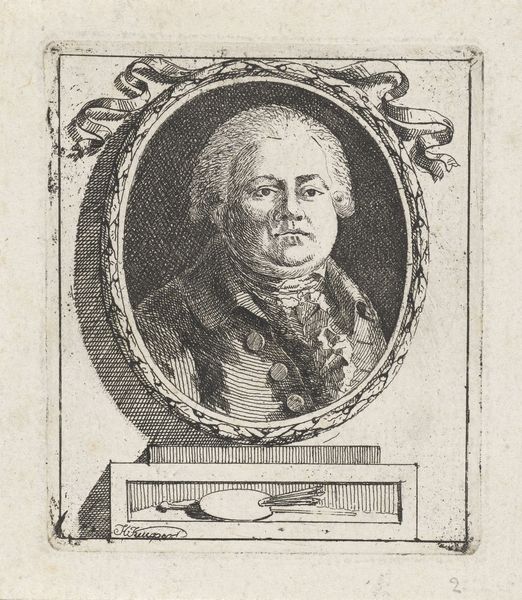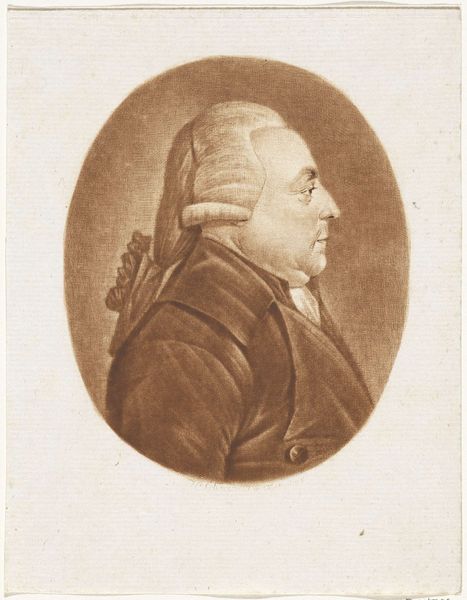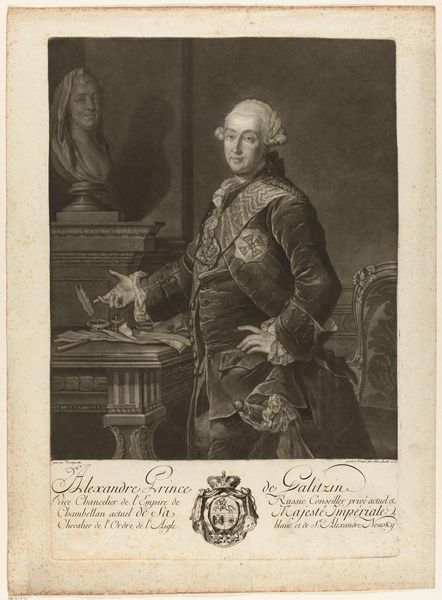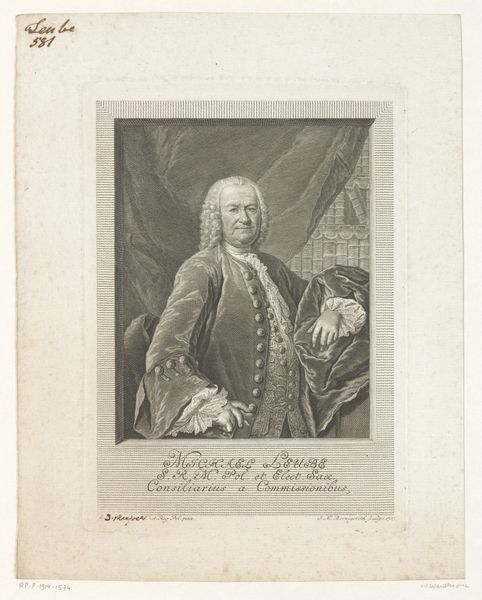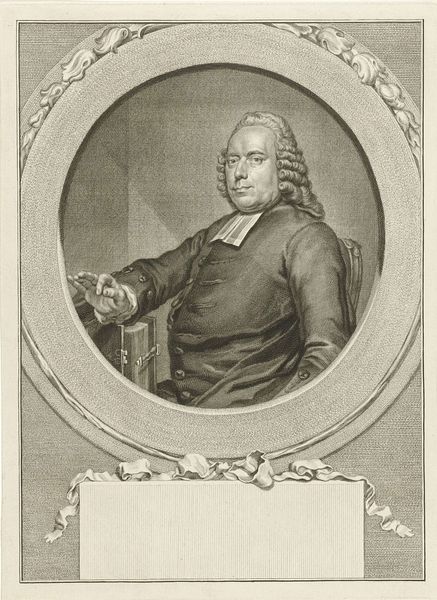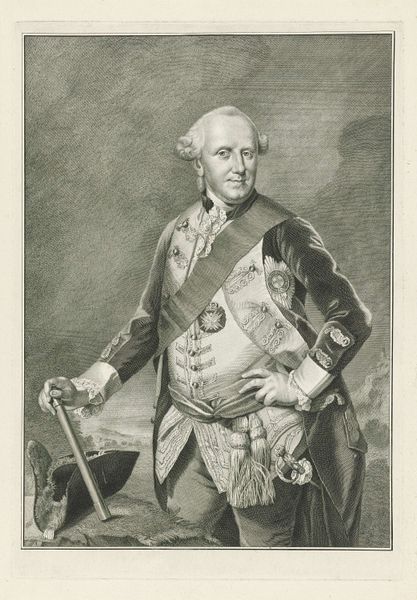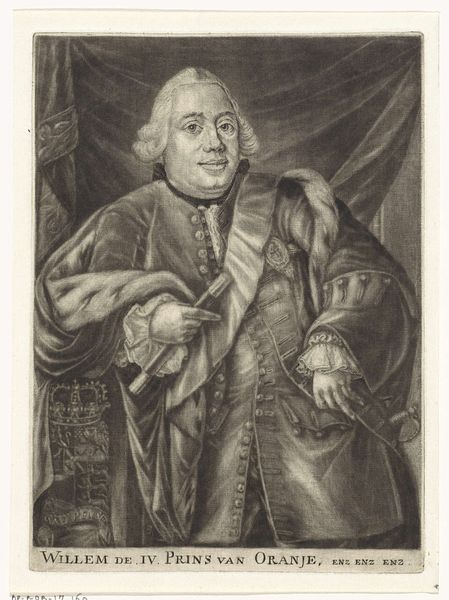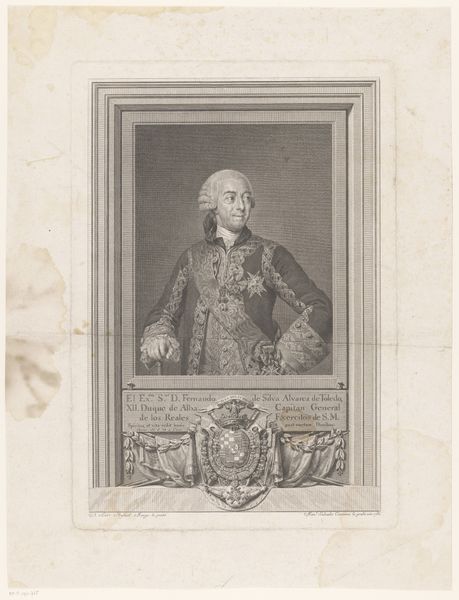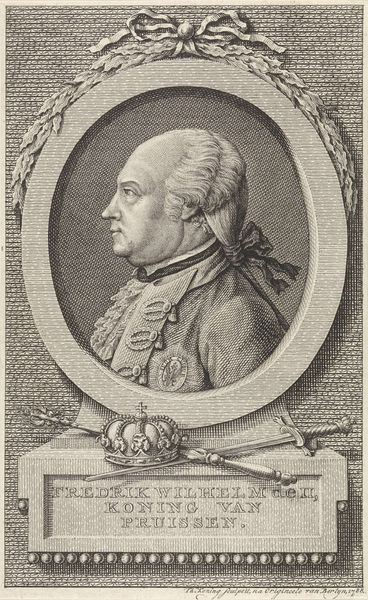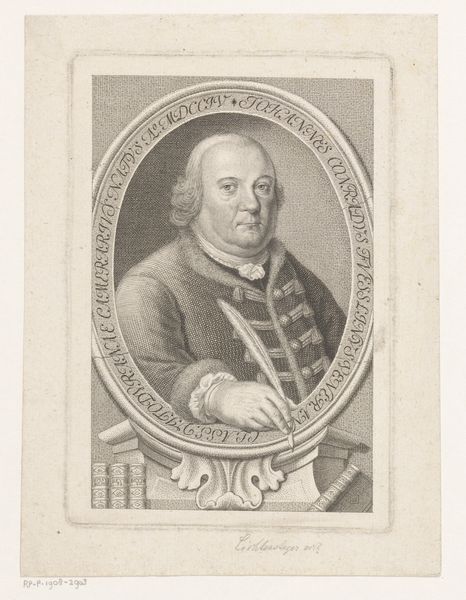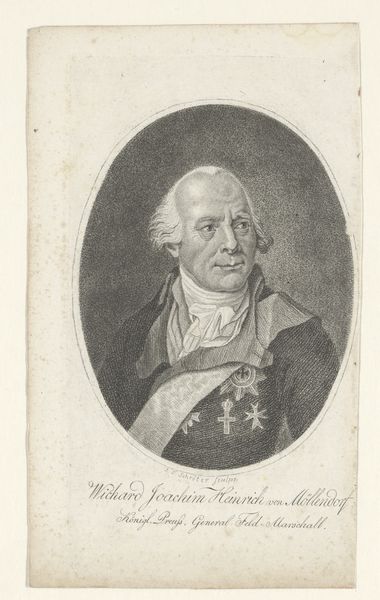
Portrait of Cesare Bonesana, Marchese di Beccaria 1780 - 1827
0:00
0:00
drawing, print, ink
#
portrait
#
drawing
#
neoclacissism
# print
#
figuration
#
ink
#
men
#
portrait drawing
#
history-painting
Dimensions: 6 13/16 x 4 9/16in. (17.3 x 11.6cm)
Copyright: Public Domain
Editor: Here we have Jean-Baptiste-François Bosio’s "Portrait of Cesare Bonesana, Marchese di Beccaria," a drawing and print from sometime between 1780 and 1827. It depicts a distinguished gentleman seated, looking every bit the intellectual. The monochrome ink creates such a serious, contemplative mood. What do you see in this piece? Curator: This portrait is more than just a depiction of an individual; it's a window into the Enlightenment's discourse on crime and punishment. Beccaria was a leading voice against torture and capital punishment, arguing for a justice system rooted in reason and proportionality. Consider the books on the table beside him. Do you think their inclusion is simply decorative, or do they signify something more? Editor: I suppose they show him as an intellectual, perhaps a scholar, but is there more to it than that? Curator: Absolutely. Books, particularly in portraits of this era, symbolize knowledge, authority, and the power of ideas. By portraying Beccaria with these books, Bosio highlights his intellectual contributions to legal reform, and also tacitly champions the power of enlightened thought. This connects to the broader societal shift occurring, a move away from arbitrary power towards a system of laws based on rational principles. How might his work challenge the established order of the time? Editor: Well, if he was arguing against the traditional harsh punishments, he was probably questioning the very foundation of the ruling class’s authority and control. Curator: Precisely. And his stance reflected the emerging philosophies about human rights, challenging systems built on inequality and brutality. It’s crucial to remember the context: the French Revolution was brewing, and Enlightenment ideas were radical, even dangerous, to espouse. Editor: It is incredible how a portrait can be so informative and, in a way, so politically charged. I’ll definitely look at portraits differently from now on! Curator: Indeed. It reminds us that art is not created in a vacuum; it engages with the critical social issues of its time. I think this enriches our experience of viewing this particular portrait today.
Comments
No comments
Be the first to comment and join the conversation on the ultimate creative platform.
